It is a wise man indeed who knows when enough is too
much. John James Audubon realised that he was never going to make a go of
things in business; his heart was simply not in it. The failure of the mill was
the last straw, and when he had cleared all the outstanding debts and was left
without a dollar in his pocket, he had little option but to make a complete
change in his life.
He began small - drawing black chalk portraits for $5, in
and around Louisville, as it dawned on him that it might be possible for him to
make a living from his real talents. And, as we all know, behind every great
man there is a greater woman, and Lucy Audubon stood very firmly behind John. She
worked as a school mistress and as a governess, bringing in an indispensable
income to supplement what her husband earned from his portrait drawings.
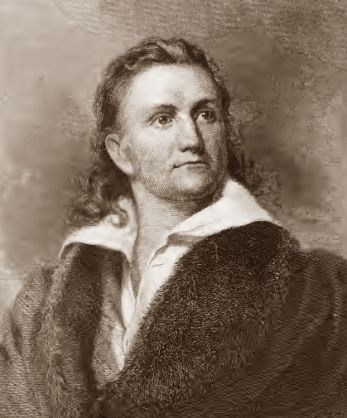 |
| John James Audubon |
In
1819, he was offered a position as a museum curator in Cincinnati, and
undertook taxidermy work, rearranging and remounting the exhibits, and the
following year he undertook more taxidermy work at the Western Museum, mounting
fishes for $125 a month, and added to his earnings by establishing a drawing
school. The germ of an idea sowed in his brain by Alexander Wilson’s enquiry if
he intended to publish his ornithological drawings also began to grow at this
time. Armed with letters of introduction to and from assorted governors,
reverends and other persons of note, on October 12th 1820, he left
his family behind in Cincinnati and began a drawing and specimen collection
expedition down the Ohio River, bound for New Orleans.
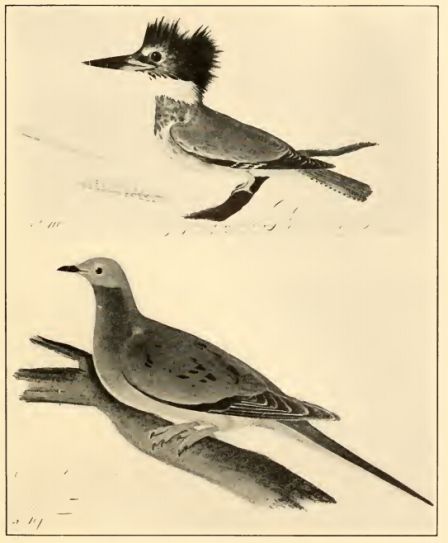 |
| Early examples of Audubon's drawings |
Along the route, when
short of money, Audubon raised funds through the portrait work – on one
occasion, unable to pay for repairs to his worn out footwear, he exchanged
portraits of the local cobbler and his wife for two pairs of boots.His
intention was to make life-size drawings of all the native birds of America and
the most representative plants, all drawn from life, rather than from stuffed
and mounted specimens, beginning with one hundred drawing on this trip.
Contemporaneous zoological illustration was not at a very advanced state, with
pictures drawn from, often amateurishly, mounted creatures, resulting in
stilted and wooden representations. The illustrations in Wilson’s American
Ornithology are of this sort, as can be seen in this example.
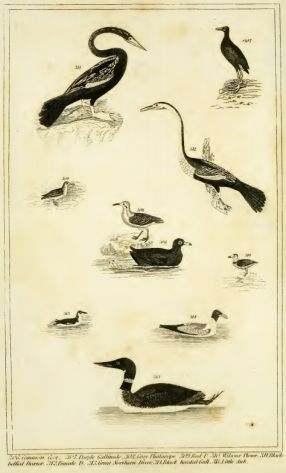 |
| Example of illustration from Alexander Wilson - American Ornithology |
In June 1821,
he had a chance encounter with Mrs James Pirrie, the wife of a cotton
plantation owner from Louisiana, who was delighted with the quality of
Audubon’s draughtsmanship, and charmed by his Gallic manners, and offered him a
business proposition. Audubon would teach her daughter to draw and in return,
he would earn $60 a month, have every half day free to himself, to draw and
hunt, and would be given board and lodgings at Oakley, her husband’s
plantation. The bird-life of the swamps and bayous of Louisiana was notably
rich and varied, and it was too good an opportunity to miss. Thus, an
unbreakable bond was forged between Audubon and the state of Louisiana.
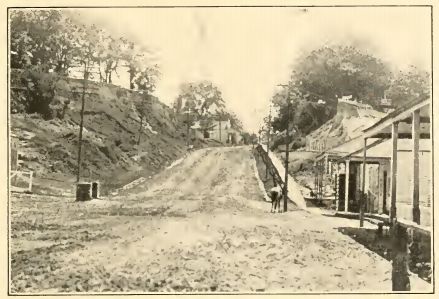 |
| The Road to St Francisville, Louisiana |
He and
his assistant/pupil, Joseph Mason, moved to Oakley, where James Pirrie introduced
them to Eliza, his beautiful and talented seventeen-year-old daughter. During
his stay, Audubon made a drawing of a rattlesnake which, when incorporated into
an illustration of mocking birds, would later lead him into controversy with
the scientific world (more of which later). At this time, Audubon cut a
distinctive figure, tall and slim, with long curly hair, and dressed like the
archetypical frontiersman, he was undoubtedly attractive, and young Eliza’s beau,
a local physician, took umbrage at the free access to her accorded to the
Gallic drawing master. There were jealous words, Audubon found the position far
too ridiculous to endure, and left for New Orleans.
 |
| Bayou Sara Creek, West Feliciana, Louisiana |
He recorded in a journal
that later he passed Eliza in the street and was totally unrecognised by her.
The jealous doctor didn’t get things his own way, however; Eliza eloped with
the son of a local planter, who died a month later as the result of a cold
contracted when carrying the spirited Miss Pirrie in his arms across a
waist-deep stream. In all, she married three times, had five children, and her
ashes were laid to rest beside the remains of her second husband, a Louisiana
preacher.
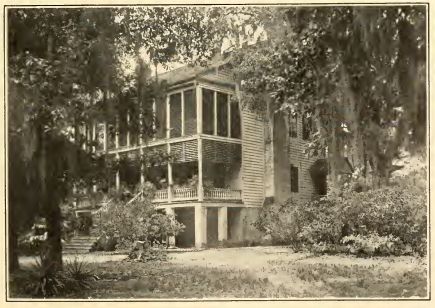 |
| Oakley Plantation House, Louisiana |
Back in New Orleans, Audubon was joined by his family, and again they
underwent straitened circumstances, saved only by Lucy’s teaching income, but
when winter conditions proved too harsh, they were compelled to move again, to
Natchez. The passage was paid for by portraits of the captain and his wife, but
whilst on board the Eclat Audubon lost over two hundred drawings, when a
bottle of gunpowder broke in the chest holding them, and discoloured the pages.
This wasn’t the first time that Audubon had lost his work – when travelling
from Henderson to Philadelphia, he left drawings of over one thousand birds in the
care of a friend, leaving strict instructions to take the greatest of care with
them. He returned several months later, the chest was opened, and the discovery
was made that a pair of Norway rats had shredded all the drawings to make a
nest, in which they had raised a litter of young. Audubon, by now no stranger
to poverty and hardship, struggled to make ends meet and on several occasions
had to put his ornithological project on a back burner, simply to make enough
money to survive, but decided that the only way forward was to publish his work
to date. And that meant a visit to Philadelphia.
Tomorrow – Philadelphia and what Audubon did there.
No comments:
Post a Comment